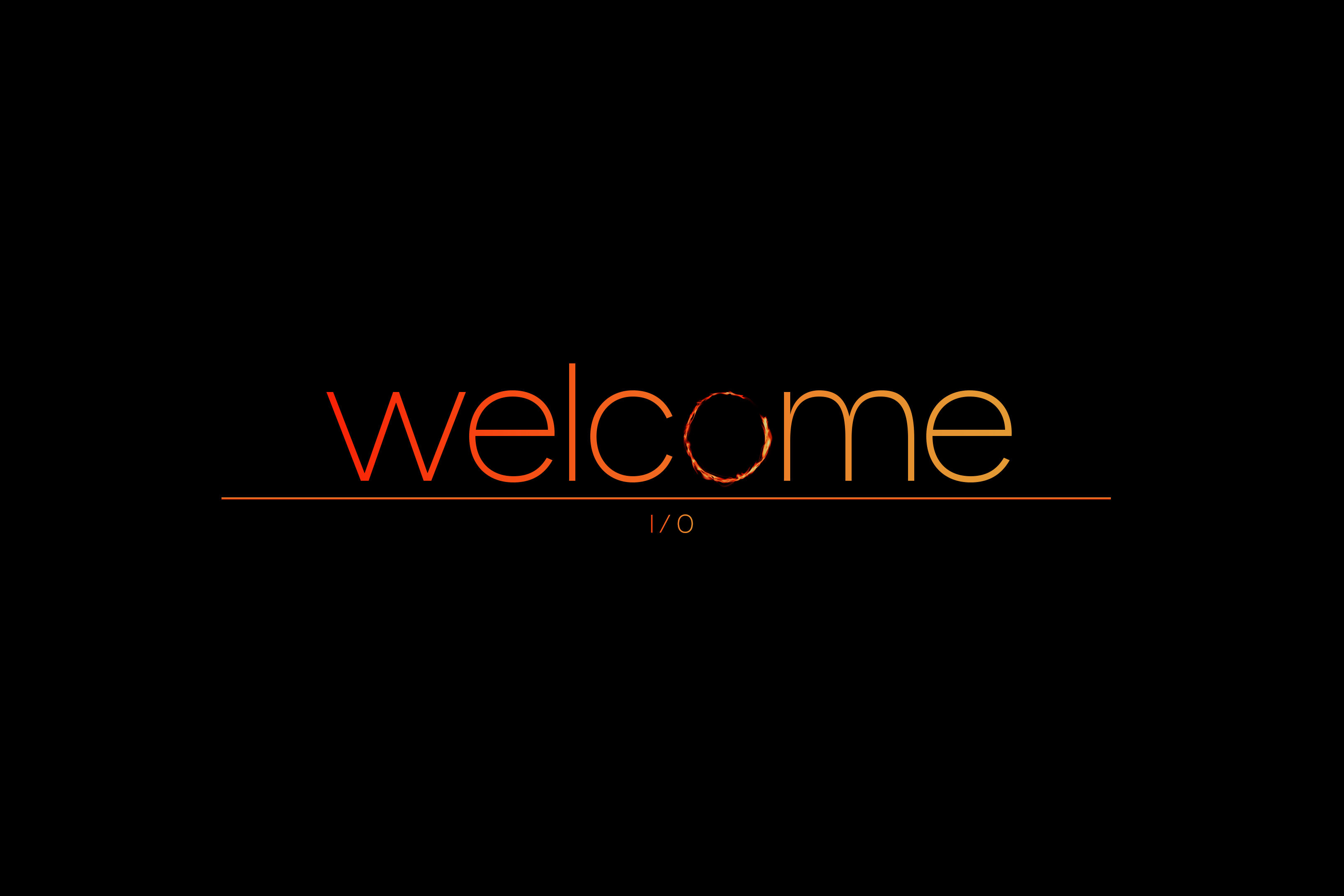Introduction
In the world of creative professionals, there’s a unique kind of adversary that all too often lurks in the shadows: the haters. They’re the voices of negativity, the wielders of destructive criticism, the detractors who seem bent on knocking your confidence and dulling your shine.
Their barbs can hurt, their words sting, and their impact can leave lasting damage. Yet, they’re a part of our journey, and their presence, while uncomfortable, can’t be ignored. They’re an undeniable part of the fabric of the creative industry.
But here’s the good news: you have the power to turn these challenges into opportunities. And that’s exactly what this guide is all about. We’re here to help you navigate the murky waters of negativity, learn to recognise and deal with detractors, and ultimately, continue on your path of growth, resilience and self-improvement. Stay tuned, because we’re about to equip you with the tools to turn the hate around.
Spotting the Detractors
Haters, or detractors, can adopt many forms. They are the ones constantly picking holes in your work, belittling your efforts, and incessantly spreading negativity. It’s essential to understand their criticism is often destructive, not constructive, with the intent to tear down rather than build up.
What’s key to remember is that the negativity they spew is often more a reflection of them than it is of you or your work. Recognising this fact can help you deal with their comments without taking them to heart.
However, it’s equally important not to paint all criticism with the same brush. Constructive criticism, even if harsh, can be valuable for growth. The difference lies in the intention behind it: constructive criticism aims to help you improve, whereas detractors are simply out to criticise.
Learning to discern between these two can be a crucial skill in your journey as a creative professional. It helps ensure that you continue to learn and grow while minimising the emotional damage from unwarranted negativity.
I pay no attention whatever to anybody's praise or blame. I simply follow my own feelings.
— Wolfgang Amadeus Mozart
I pay no attention whatever to anybody's praise or blame. I simply follow my own feelings.
— Wolfgang Amadeus Mozart
Surviving the Negativity Storm
Recognising detractors is one part of the battle; dealing with them is a whole other challenge. This isn’t about revenge or letting their negativity seep into your psyche; it’s about preserving your mental and emotional well-being amidst their storm.
One of the most effective strategies is simply not to engage. Detractors feed off reactions, and not giving them one can often be the most powerful response. This might be easier said than done, especially when the criticism feels personal, but with practice, it becomes more manageable.
Self-care also plays a critical role here. Making time for activities that help you relax and recharge can go a long way in buffering against the negative effects of detractors. This could be anything from a walk in the park to a session of mindfulness meditation or simply curling up with a good book.
Remember, your value as a creative professional is not defined by the detractors. Their negativity does not diminish the worth of your work or your potential for growth and success. When you’re faced with hate, hold your head high and keep moving forward. Your journey is about your growth, your creativity, and your passion—not about pleasing the detractors.
Riding the Wave of Constructive Criticism
While dealing with detractors and hate is important, it’s equally crucial not to lose sight of the value of constructive criticism. Unlike empty hate, this form of feedback aims to bolster your improvement, even if it might be uncomfortable to receive at first.
Constructive criticism is like a compass, helping you navigate the path to improvement. It provides insights into areas you might have overlooked and offers suggestions for enhancement.
When you receive such feedback, take a moment to reflect on it. Look beyond the initial sting of criticism and consider the underlying message. Is there a valid point being made? Is there a suggestion that could enhance your work? If so, embrace it, learn from it, and use it as a steppingstone towards betterment.
Remember, the goal here is growth, not perfection. So, take each piece of constructive criticism, examine it objectively, and use it as a fuel for your continual evolution as a creative professional.
If you're never criticized, you may not be doing much.
- Donald Rumsfeld
Filtering the Noise
In our interconnected and opinionated world, the art of filtering feedback becomes an essential skill for every creative professional. The ability to distinguish between constructive feedback and destructive criticism can empower you to navigate the creative landscape with more confidence and resilience. Here are some techniques to help you filter the noise:
- Look at the Intent: Constructive feedback generally comes with the intent to help you improve your work. It identifies specific areas for improvement and often suggests solutions. On the other hand, destructive criticism is more about tearing down than building up. It usually lacks specificity, is dismissive, and often feels personal.
- Examine the Content: Constructive feedback is typically focused on your work, not on you as a person. It provides clear, actionable points that you can use to enhance your project. Destructive criticism, on the other hand, is often vague, unspecific, and may involve personal attacks or sweeping negative statements.
- Consider the Source: Feedback from someone knowledgeable in your field or from your target audience generally holds more weight. Destructive criticism often comes from individuals who might not understand your creative process or the goals of your project.
- Reflect on its Relevance: Good criticism should be relevant to your work. If the feedback seems off-base or doesn’t align with your project’s objectives, it may not be worth your time.
- Gut Check: Sometimes, you just have to trust your instincts. If the criticism feels unfair, or if it seems to come from a place of spite rather than a desire to help you improve, it’s likely destructive.
Remember, feedback, like art, is subjective. Each piece of criticism should be taken as part of a larger context, not as an isolated truth. The key lies in knowing which feedback to take on board, which to adapt, and which to let go. By honing your filtering skills, you can ensure that you use criticism as a tool for growth, rather than letting it hinder your creative journey.
Strategies for Dealing with Detractors
Criticism can be constructive, but dealing with detractors is a different beast entirely. These individuals often aim to tear down rather than build up. However, you can still navigate their negativity with grace and resilience by implementing these practical strategies:
- Stay Professional: Maintain your professionalism at all times. It’s easy to react emotionally, but it’s vital to remember that your response represents you and your brand. Respond politely or choose not to respond at all.
- Don’t Take it Personally: Detractors often resort to personal attacks rather than focusing on the work. While it’s easier said than done, strive not to take these comments personally. They’re more reflective of the person giving them than of your work.
- Find your Support Network: Surround yourself with a community of supportive and understanding people. They can provide a balanced perspective and remind you of your worth when dealing with negativity.
- Limit Exposure: It’s important to expose yourself to feedback, but if certain platforms or individuals consistently bring negativity, limit your exposure to them. It’s okay to protect your mental and emotional health.
- Practice Self-Care: Remember to take care of yourself. Dealing with detractors can be emotionally draining. Make sure to balance it out with activities that restore your energy and positivity.
- Focus on Growth: Use the experience as an opportunity for personal growth. Even harsh criticism can teach us something – resilience, compassion, or the power of staying true to our vision.
- Use Your Art: Channel the emotions into your creative process. Transform the negativity into an empowering piece of art. It’s an effective way of processing your feelings and responding creatively.
Remember, the existence of detractors does not diminish your worth or the value of your work. Your creative journey is about you and your art, not about pleasing everyone. Stay true to your vision, maintain your resilience, and keep creating.
Dealing with detractors can be a challenging part of the creative journey. But with the right mindset and strategies, you can navigate through the negativity and focus on your growth.
The journey of a creative professional is filled with ups and downs, triumphs, and setbacks. It’s a continuous process of learning, evolving, and improving. And while detractors may be a part of this journey, they don’t have to define it.
So, keep your eyes on the prize – your growth, your creativity, your passion. Let’s continue to inspire each other and build a community that supports and nurtures creativity. After all, it’s not the hate but the love for our craft that truly fuels our journey. Let’s not let anyone dull that sparkle.


